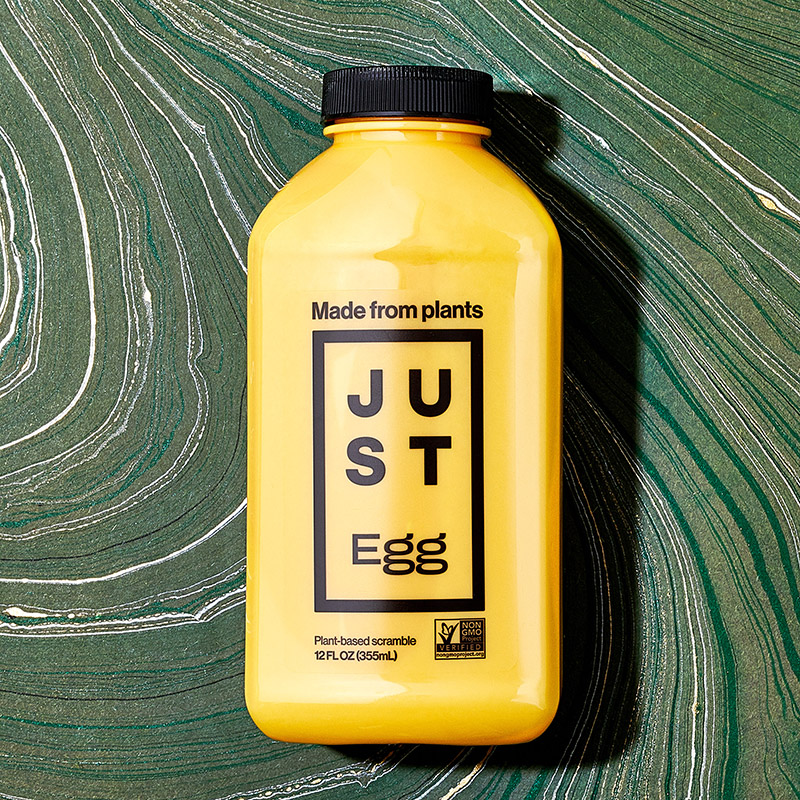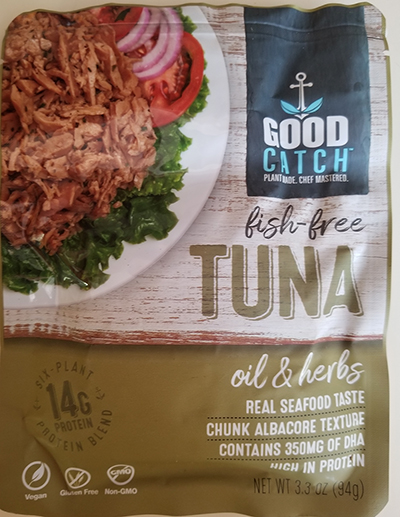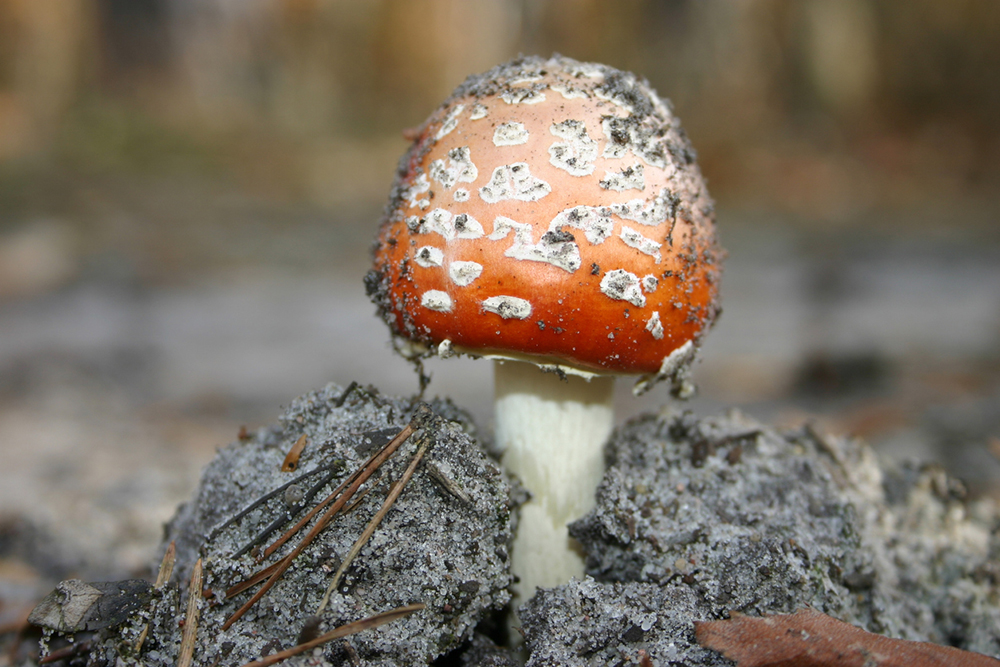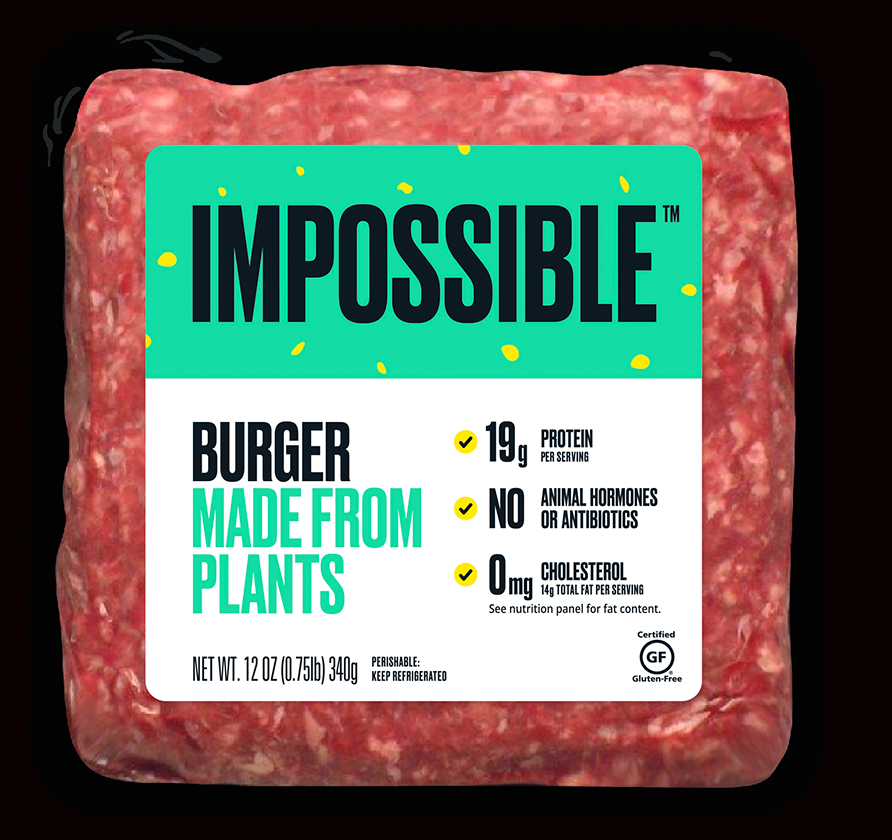In our past three blogs we’ve told you about fake fish, meat and eggs, all disguised to look like the real thing. Despite all the extravagant claims made by manufacturers, if you read the ingredient labels on these products you’ll find that they are not eggs, meat or fish, and not the kinds of “plants” grown by farmers either. As we’ve said before, a better name might be chemical-based junk foods.
Reading labels is vital, but there’s one tip that can save you some time in the supermarket:
Watch out for products that make protein claims on the packaging. Most are made from combinations of manufactured free amino acids such as those found in MSG and in aspartame. This includes snack bars, cookies, smoothie mixes, protein powders and protein drinks in addition to fake eggs, fish, and meat.
All, “substitute” protein products will contain MSG or its toxic MfG.
Remember also that soy, pea and bean protein do not taste remotely like meat, fish or eggs, so MfG-containing flavor enhancers like MSG are added to trick your tongue into making that taste association.
Check out our list of ingredient names that contain MfG as well as our brochure to take shopping with you. Better yet, if you want to do all you can to have a healthy diet, ditch the processed foods and ultra-processed fake foods, altogether.







